Ontario’s Waterloo Region to Pearson Airport corridor is well established as a technology and jobs powerhouse but much more transit infrastructure is needed so it can reach its full potential, delegates at the CityAge conference in Toronto were told recently.
The "Airport Megazone" is especially underserviced, noted representatives of the Greater Toronto Airports Authority (GTAA) in attendance at CityAge on Oct. 6. It is Canada’s second largest employer — second only to downtown Toronto — supporting 332,000 jobs, but since the airport is regulated federally, it’s a relative dead zone in terms of public transit, with 90 per cent of all trips to Pearson made via automobile, the representatives explained.
During a panel discussion billed as Building the Corridor: Our Infrastructure Opportunity, panel chair Janet Ecker, the president and CEO of the Toronto Financial Services Alliance, asked Howard Eng, president and CEO of the GTAA, Kitchener Mayor Berry Vrbanovic, Mississauga Mayor Bonnie Crombie and Drew Bradstock, Toronto-based senior vice-president of the international tech-ad firm Index Exchange, what types of infrastructure they saw as needed to enhance regional productivity. What’s missing, said Vrbanovic, is "connectivity."
"The need to be able to move that talent through that corridor quickly is absolutely essential if we want to see the kind of success other corridors like San Francisco/San Jose and London to Cambridge have seen around the world," he said.
The panellists acknowledged the billions in infrastructure spending promised by the federal and provincial governments and the progress the region’s municipalities have made working with Metrolinx and other agencies, with mention made of GO, Light Rail Transit (LRT) and bus rapid transit projects underway or coming soon in Toronto, Hamilton, Mississauga and Kitchener-Waterloo; Toronto’s Smart Track plans; the completion of the Union-Pearson Express; and Metrolinx’s plans to incorporate Regional Express Rail (RER) into the regional grid.
But future planning, including Metrolinx’s ongoing review of its Big Move initiatives and former federal cabinet minister David Collenette’s review of high-speed rail options for the Toronto-Waterloo Region corridor, must be aggressive to ensure the corridor doesn’t wither, delegates were told.
Bradstock’s firm has five regional offices and he and his employees need to be able to move seamlessly between Toronto, the Waterloo Region, New York City and Silicon Valley in California, he said.
"Speaking for a company that actually bridges the Kitchener-Waterloo to Toronto corridor, as well as investing in Silicon Valley, I’d like to say that transit is what drives this issue as to where we’re going to go for our offices and right now, because of the lack of transit between these cities, it is not a corridor at all, it is isolated bubbles," said Bradstock.
"We have had a great deal of hiring challenges to get anyone from Toronto to be able to work in the Kitchener-Waterloo office and back and forth," he added.
Eng said the GTAA has had to resort to implementing its own shuttles to get employees to work at the airport, connecting with outside transit. A total of 47,000 employees work at Pearson.
Crombie noted that Mississauga is a big player in the Airport Megazone and while it’s building public transit, it’s also looking for other connections to move people around the region more efficiently.
"These projects can be aspirational," said Crombie. "We too are part of that innovation corridor. We want to build the missing link, which takes the freight traffic off the CP rail track to allow for all-day, two-way commuter traffic on that CP line."
LRT construction in Mississauga has proved to be a "magnet for job creation," Crombie said.
Eng noted that in 2015 Pearson processed 41-million passengers, 60 to 65 per cent of whom come to the region "to work and play." In another four years there will another 10 million, he said.
"Do the math," he stated. "Those 40-million passengers that come and work and play in the region, we’ve got to move them around."
The Airport Megazone is the single largest source of traffic in the area, generating one-million trips a day, Eng said, which creates congestion and environmental degradation.
Eng said the GTAA was willing to consider building its own ground transportation hub to facilitate the co-ordination of public transit.
Lorrie McKee, GTAA director of public affairs and stakeholder relations, explained in a conference follow-up that the GTAA is currently updating its long-term infrastructure plan.
"As we look at our passenger terminal needs, we believe we will need to provide a new passenger processing facility that is fully integrated with ground transportation access," McKee explained. "The suggestion is that this passenger-processing facility could also serve as a regional transportation hub where various transit lines could connect."
The "Pearson Hub," said McKee, "can become a unifying stop where RER GO service, Eglinton Crosstown and Finch LRTs, the Mississauga BRT as well as the potential high-speed rail (Windsor to Toronto) and the Derry Road corridor could all join by completing the ‘last kilometre’ of each of these routes to a central transit station."
An Ontario Ministry of Transportation spokesperson said Collenette’s report on high-speed rail in the Waterloo-Toronto corridor would be released later this fall.
Asked about digital infrastructure, Bradstock said, "We are badly lacking. A lot of it is seen as second tier. If you look at Silicon Valley, if you look at Boston, I think we are second rate when it comes to the infrastructure."
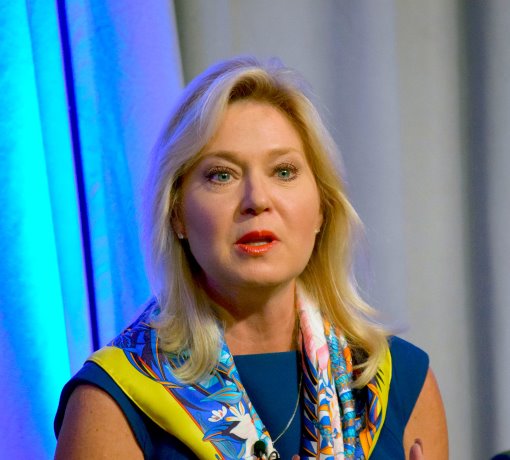
1/2
In making a plea for better airport transit infrastructure, Mississauga Mayor Bonnie Crombie (left) told CityAge conference delegates that Mississauga has 86,000 businesses, many located close to Pearson Airport.
Photo: DON WALL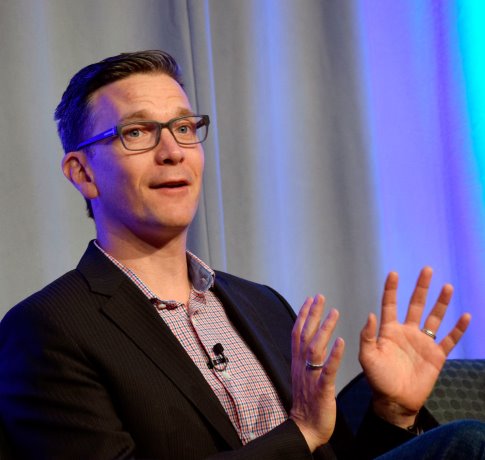
2/2
Drew Bradstock (right)


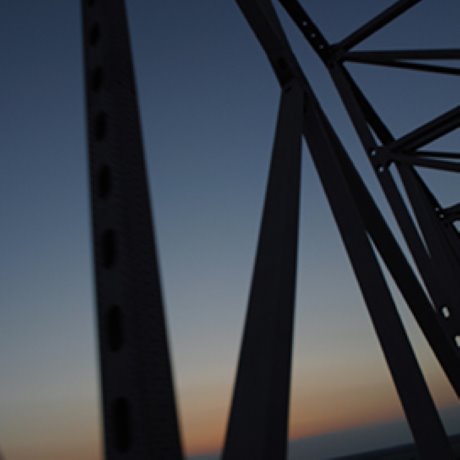




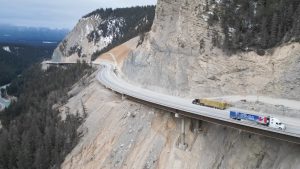
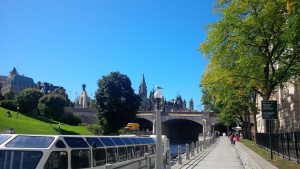

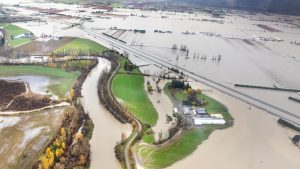
Recent Comments
comments for this post are closed